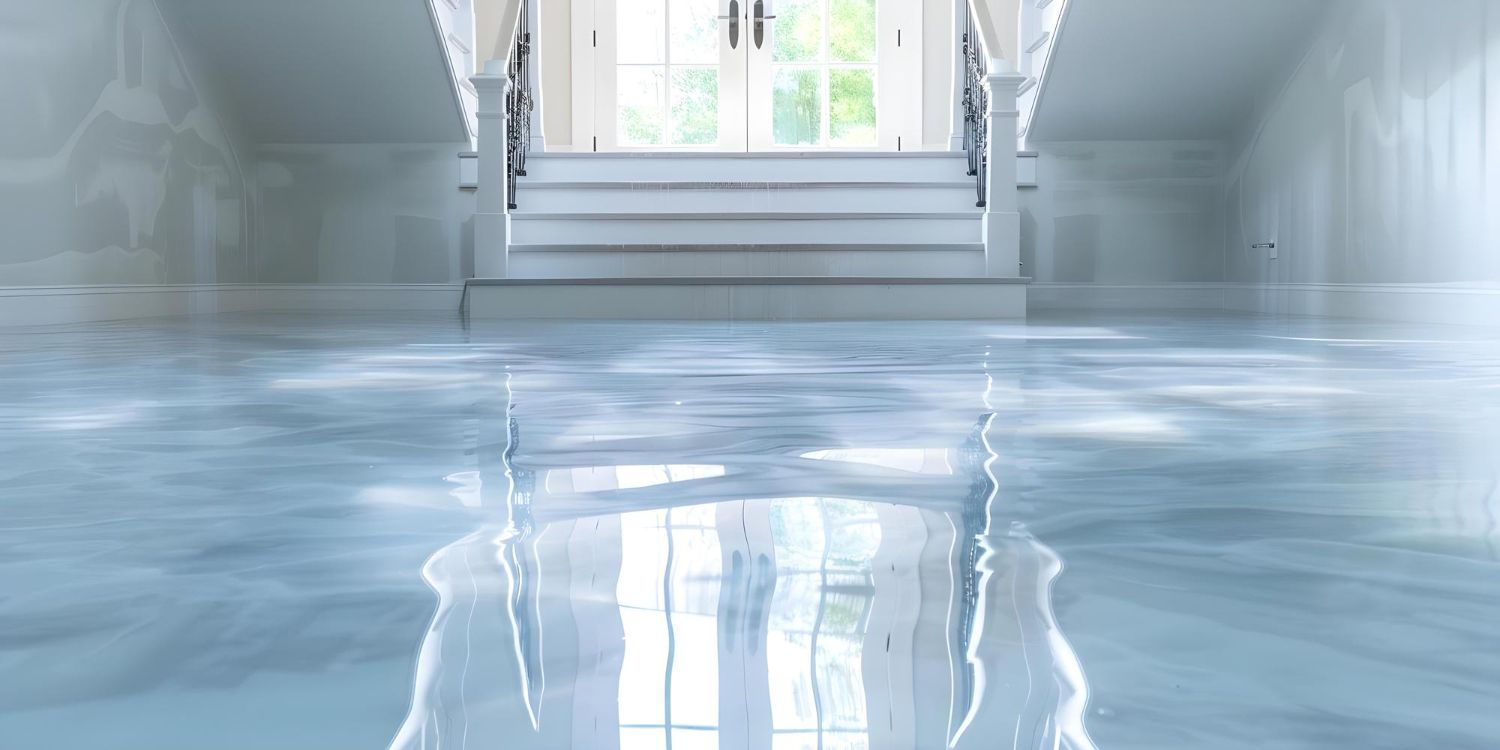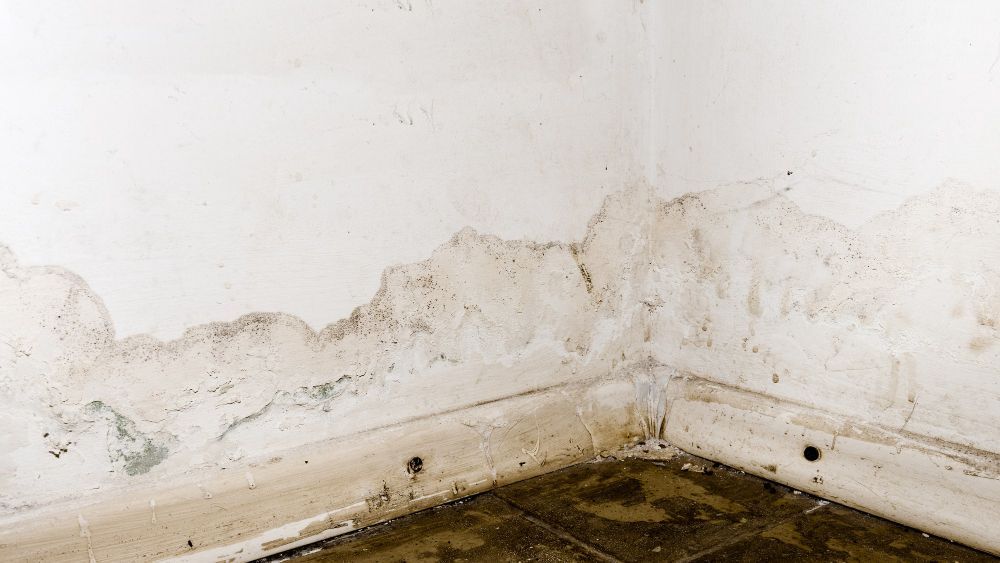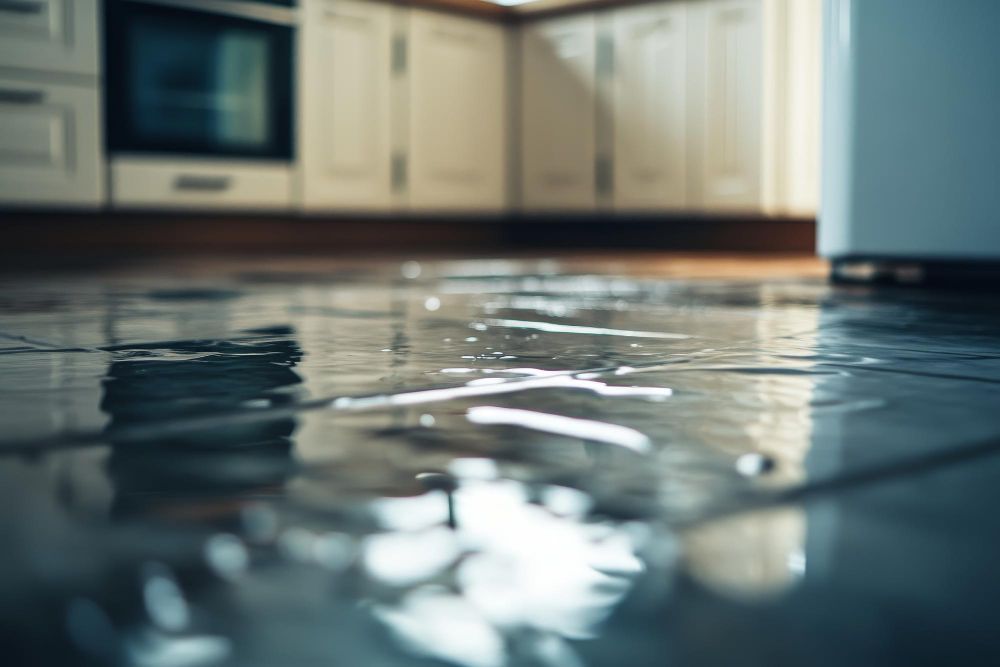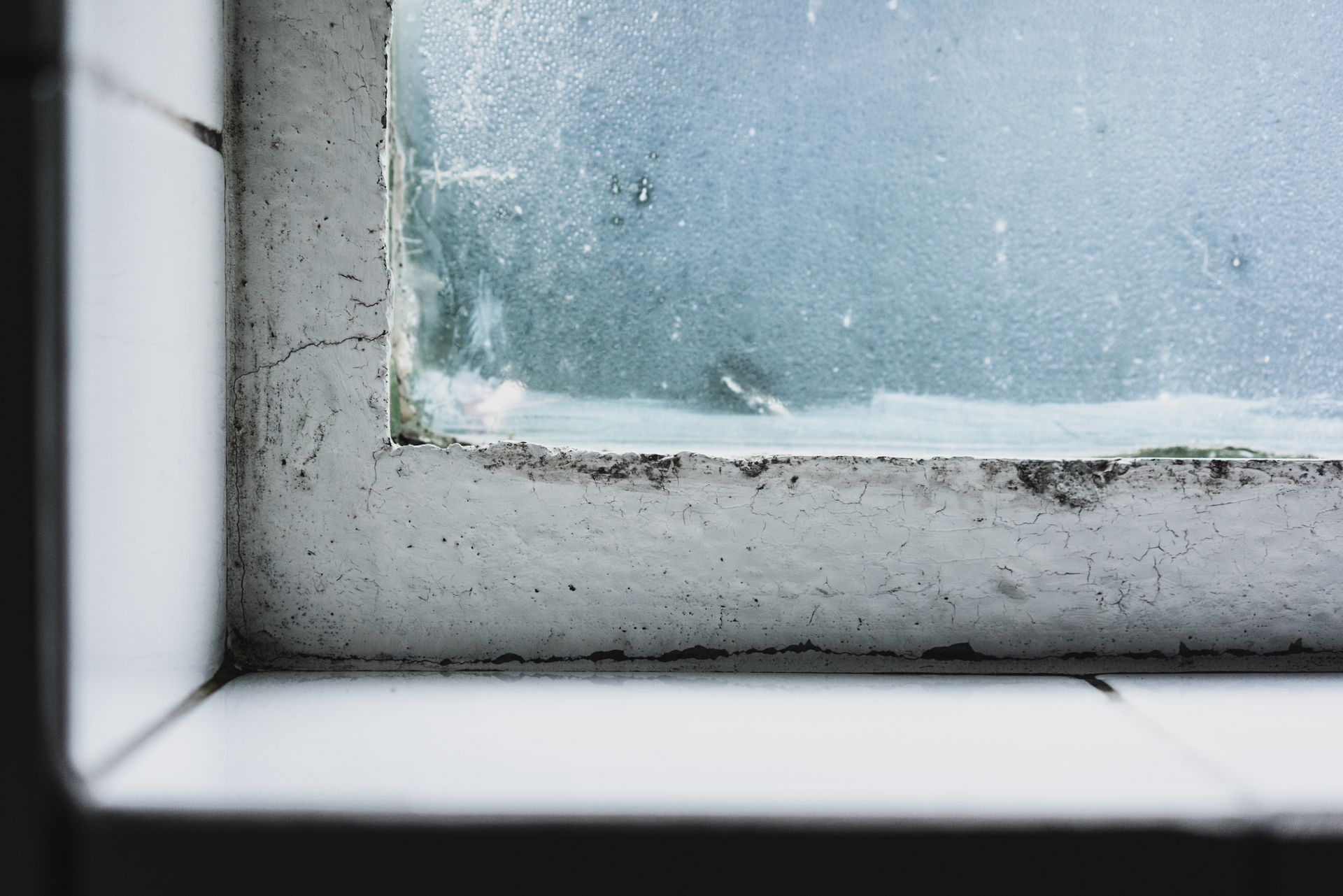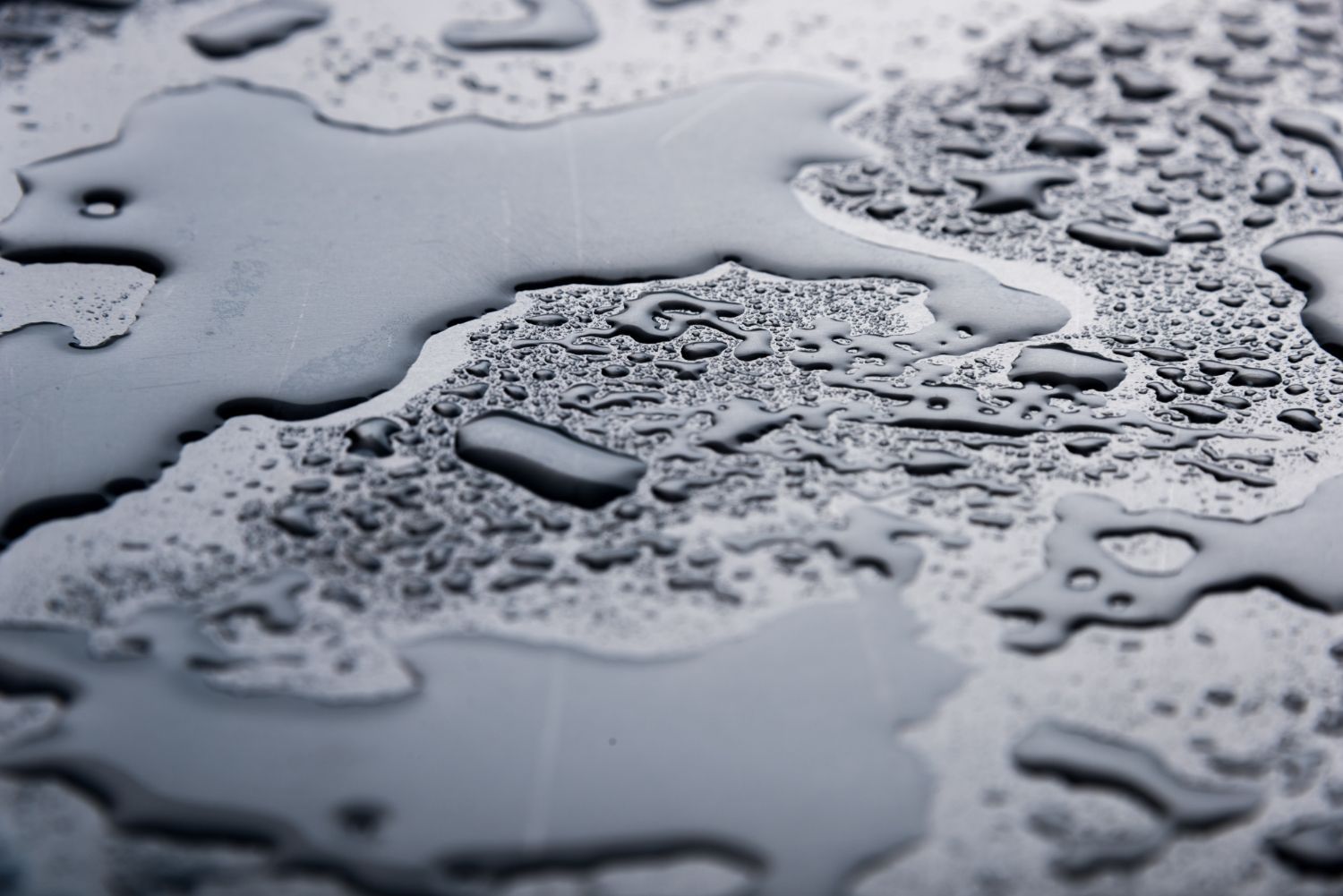How to Prepare for Floodwaters
poppy johnson • July 5, 2020
Be ready before the flood waters start to rise in Central Maryland.

Floodwaters can come to a region from many sources. Hurricanes in the regions of the Atlantic Ocean or the Gulf of Mexico basins are affected by hurricanes every year from June 1st to November 30th. There are usually around one or more hurricanes each year that will form in these regions, which affect other regions with vast destruction, high winds and tropical storms and depressions, large waves and storm surges. These weather effects can come form coastal areas inland through bay areas, rivers and tidal-fed estuaries where excess water related to flooding will push floodwaters inland quickly. Whenever there is a long-time frame of heavy rain conditions, there is the potential for flooding, which can continue a few days after the storm has subsided.
Any property whether residential or commercial, can sustain water damage from floodwaters – even from shallow floods. Water that permeates and penetrates into a residence or commercial property can wick into the wallboards, sheetrock and into other porous building materials and flooring. If possible, consider adding a layer of waterproof caulking or gasket material in the area of the wallboard gap, to prevent water wicking into the wall during the flood. You can even cleverly disguise this prevention trick as a decorative trim feature, such as a chair railing!
It may also be important to redo electrical wiring, switches and outlets to move them above any areas that could be affected by water wicking into the structure during a flood. For this reason, it is recommended that if you live in or near an area that routinely floods, you may want to build a flood-hardy wall at the lower wall section to prevent the effects of major wall damage in the event of an actual flood. When constructing this type of flood-proof wall, be sure to:
• Add gaps at the top and bottom of the potential flood areas to allow flushing (debris and silt) and air circulation to circulate in the wall.
• Use paperless drywall and fiberglass mat gypsum for wainscoting to create a flood-proof barrier.
• Add flood-proofing materials 4-5 inches above the floor level, and cover the gap on the bottom with a removable type of baseboard.
• The top gap can be covered with a chair rail to hide this line.
• Utilize latex paint to finish off the wall to repel any water or floods affecting the area of the home that has flooded in the past.
Of course, if your area is placed under an official flood watch or flood warning, you’ll need to heed any official information from the authorities, which may include evacuation from the area where the flooding is expected. Remember flooding is the most common type of natural disaster that occurs in this country, and can result form excess or flowing water from rain, snow, sleet, snow melt, storms, storm surge, dam overflows, coastal flooding or flash floods over land.
Any property whether residential or commercial, can sustain water damage from floodwaters – even from shallow floods. Water that permeates and penetrates into a residence or commercial property can wick into the wallboards, sheetrock and into other porous building materials and flooring. If possible, consider adding a layer of waterproof caulking or gasket material in the area of the wallboard gap, to prevent water wicking into the wall during the flood. You can even cleverly disguise this prevention trick as a decorative trim feature, such as a chair railing!
It may also be important to redo electrical wiring, switches and outlets to move them above any areas that could be affected by water wicking into the structure during a flood. For this reason, it is recommended that if you live in or near an area that routinely floods, you may want to build a flood-hardy wall at the lower wall section to prevent the effects of major wall damage in the event of an actual flood. When constructing this type of flood-proof wall, be sure to:
• Add gaps at the top and bottom of the potential flood areas to allow flushing (debris and silt) and air circulation to circulate in the wall.
• Use paperless drywall and fiberglass mat gypsum for wainscoting to create a flood-proof barrier.
• Add flood-proofing materials 4-5 inches above the floor level, and cover the gap on the bottom with a removable type of baseboard.
• The top gap can be covered with a chair rail to hide this line.
• Utilize latex paint to finish off the wall to repel any water or floods affecting the area of the home that has flooded in the past.
Of course, if your area is placed under an official flood watch or flood warning, you’ll need to heed any official information from the authorities, which may include evacuation from the area where the flooding is expected. Remember flooding is the most common type of natural disaster that occurs in this country, and can result form excess or flowing water from rain, snow, sleet, snow melt, storms, storm surge, dam overflows, coastal flooding or flash floods over land.
Remember too that flood damages are typically not covered under your general homeowner’s insurance policy. Instead, flood insurance is always a separate type of homeowner’s insurance with its own rules, rates and regulations. You can follow up on flood insurance coverage by checking out the National Flood Insurance Program (NFIP). And of course, practice safety in floodwaters when walking or driving. Only six inches of water can push you over if you are walking in a fast-moving flood, and one food of water can sweep away an automobile.
Whenever you need water damage restoration in Central Maryland, sewage cleanups, water damage restoration or relief from flooded basements just give us a call. We are your #1 resource in Central Maryland for flood restoration and water damage cleanups. We are here for you 24/7, call now!


